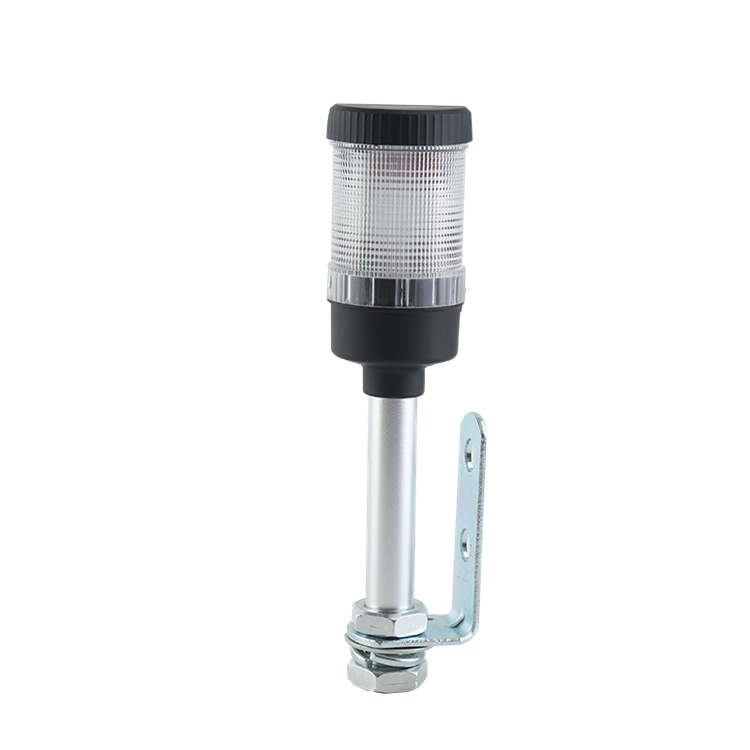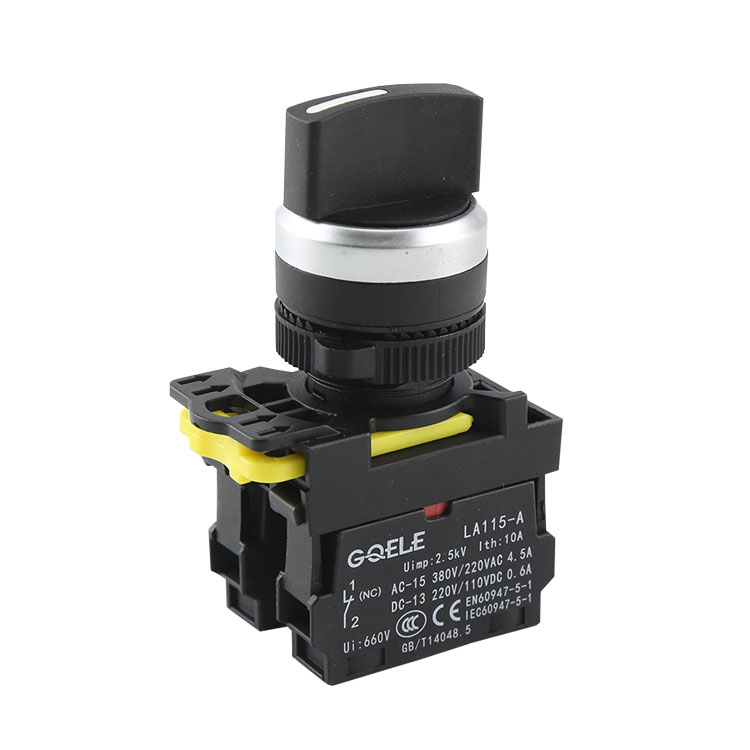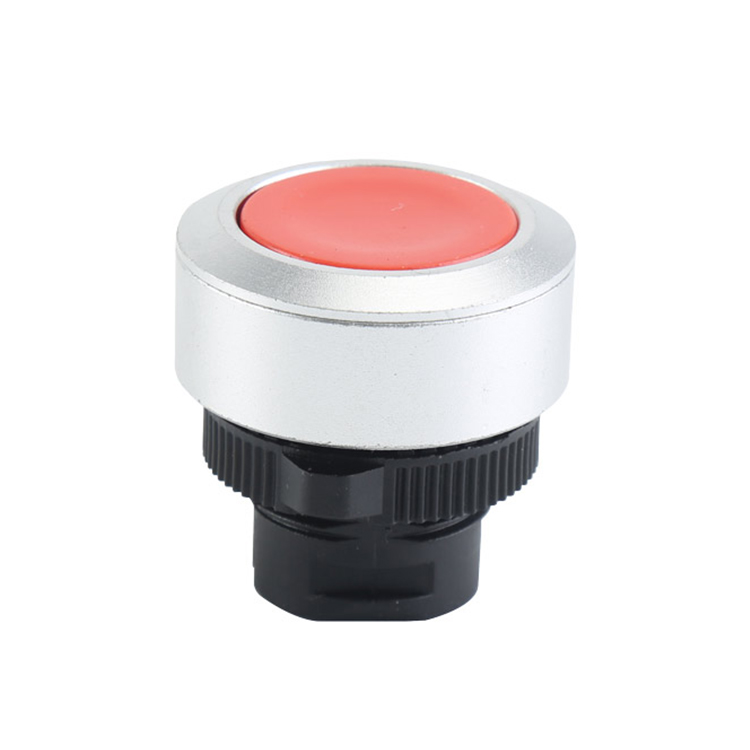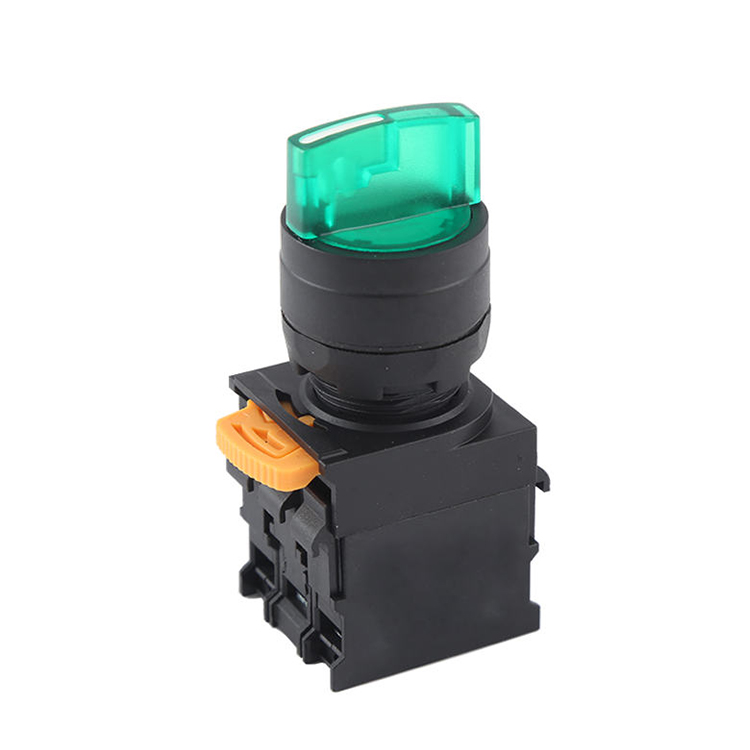
GXB2-ES64 Φ60 Twist Release Plastic Red Mushroom Shape Emergency Stop Push Button Head With Symbols

LA115-A-01 High Quality 1NC Red&Black&White Normally Closed Plastic Contact Block

AL70-SZ High Quality Black Plastic Vertical base

GXB4-BA41 High Quality 1NO Momentary Flush Push Button With Spring Return And Without Illumination

AL50-W-31C3 Industrial led machine working safety warning light

LA115-K-11RD1 Green & Red 1NO&1NC Momentary Dual/Double Head Push Button With High Quality & Rectangle Shape Head & Symbols & Light

GXB2-EL8434 1NO & 1NC High Quality Marked Double Control Head Push Button With Green & Red Extended And Flush Head

GOB1-X1071

LA115-A5-11X Illuminated Latching Selector Switch

GXB2-ES14 Φ40 Red Key Control Mushroom Shape Emergency Stop Plastic Push Button Head With Key Rotating Release

GL-12BP10-S

GL-16F11-SJ 16MM Metal Push Button











